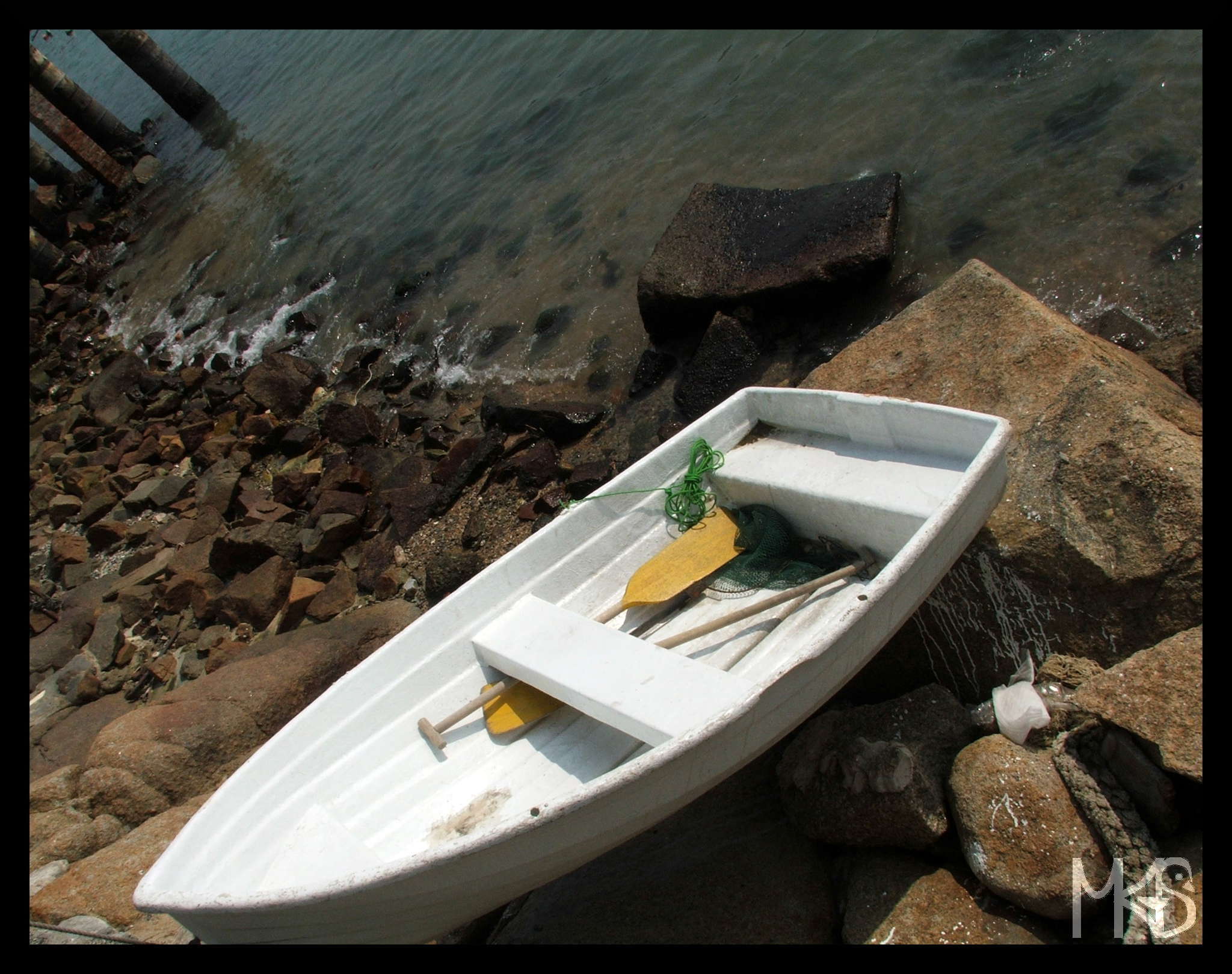
Hong Kong has its own rules concerning entering its territory, what is in many cases much easier than for entering mainland China.
Visitors from many countries can enter Hong Kong for a given period without a visa.
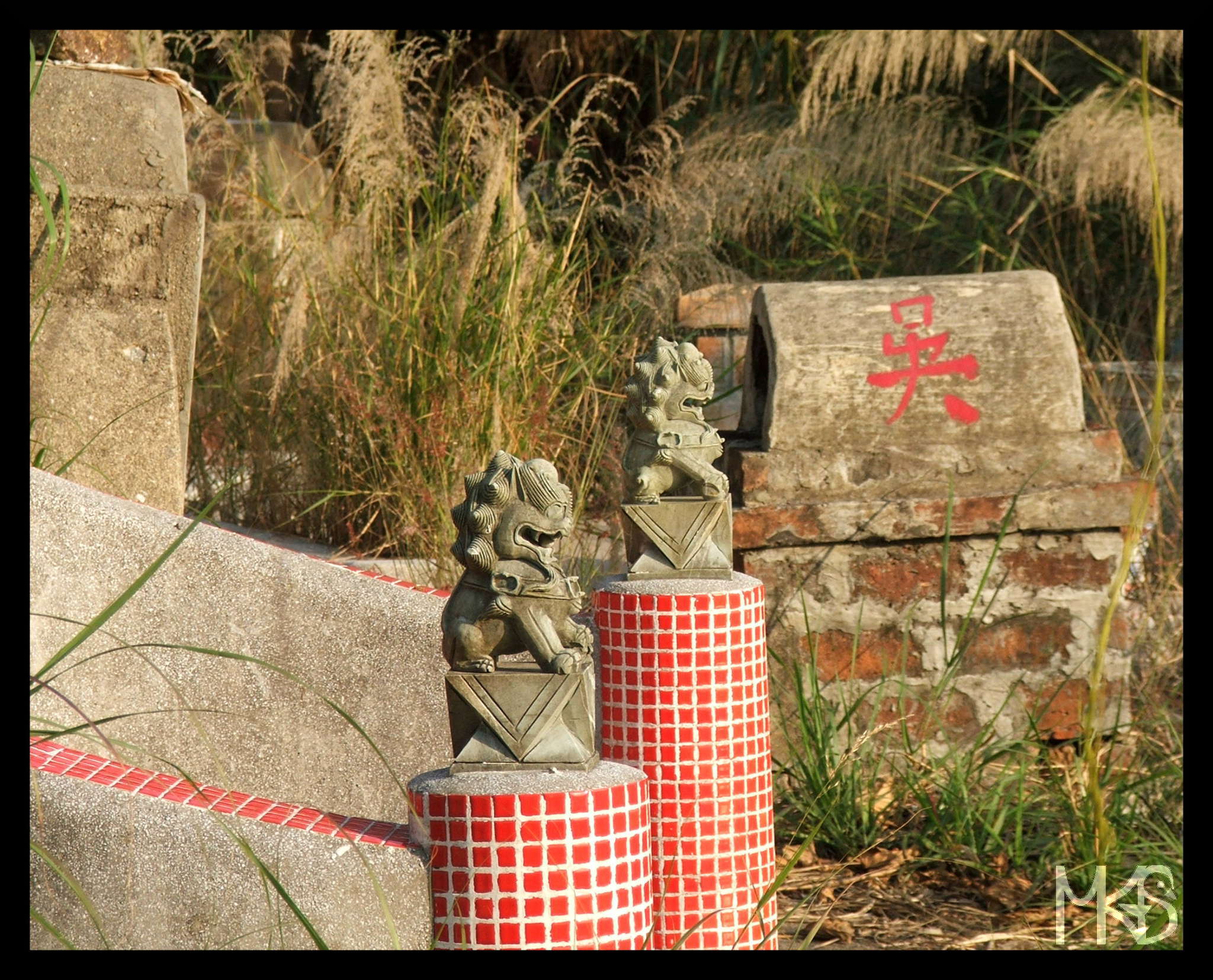
I have to finally mention what’s the status of Hong Kong.
Is it a separate country? – No.
Is it part of China? – Kind of, it’s an autonomous territory.
It is officially called the Hong Kong Special Administrative Region of the People’s Republic of China.
In the next days, I’ll tell you more, what it means.
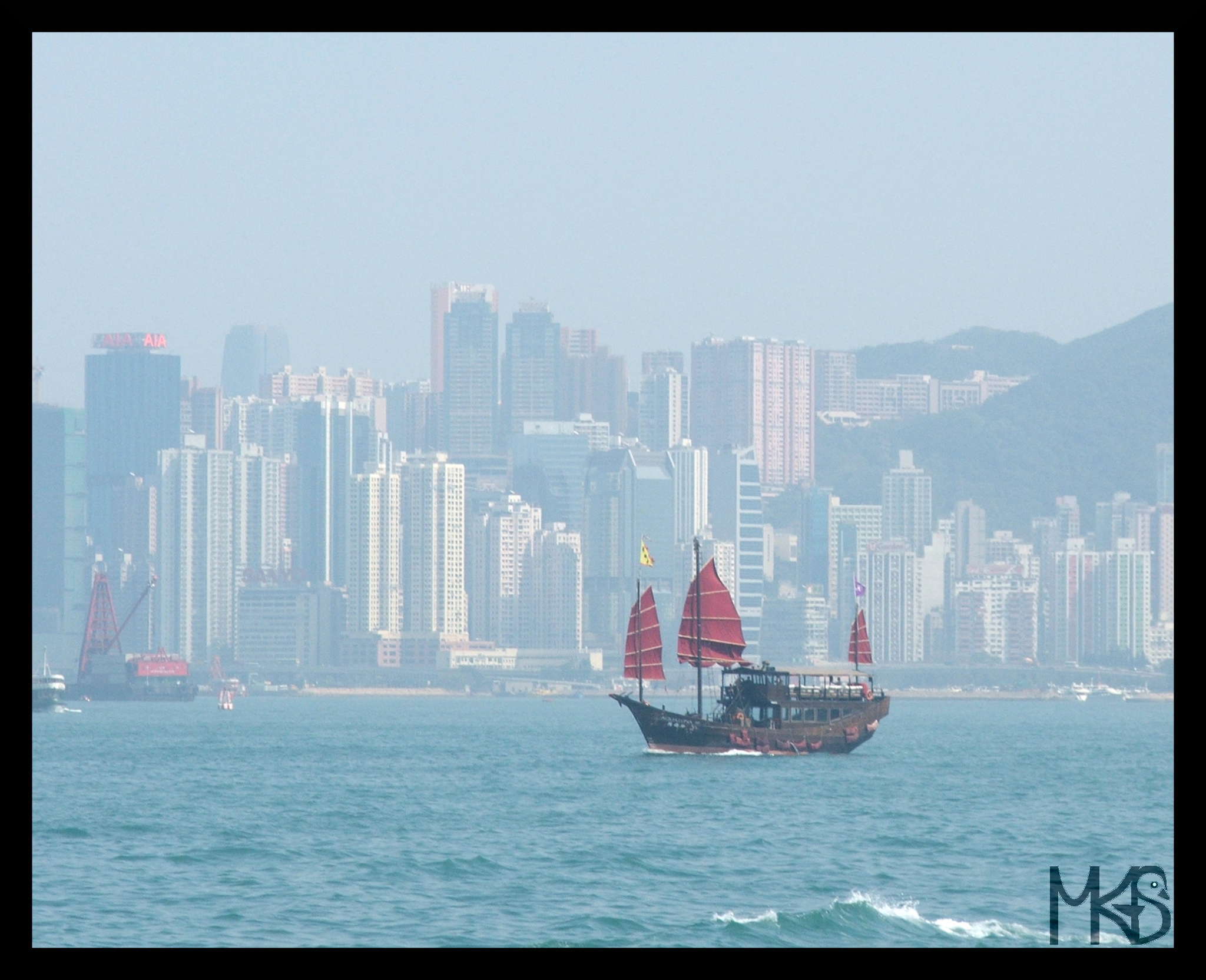
Before I went to Hong Kong, I was reading a bit and watching some movies about Hong Kong.
I remember well the cover from the guidebook, it was a very similar picture to the one I’m showing you today. I thought, the picture was old, not so well done… But when I finally had this view in the front of my eyes, it was exactly like on this “old” picture.
Hong Kong is like that, kind of foggy, polluted; it’s like it is.
Now, I like this view a lot. 🙂

Brazil is definitely too big for the majority of single trips. I spent lovely time there (twice), but didn’t have enough time to explore as much as I’d like to.
I hope to have a chance to go to Brazil once more, then a few national parks are going to be on my list (e.g., Lençóis Maranhenses, Aparados da Serra, Serra da Bodoquena, Pantanal Matogrossense, Chapada dos Veadeiro, and Fernando de Noronha).
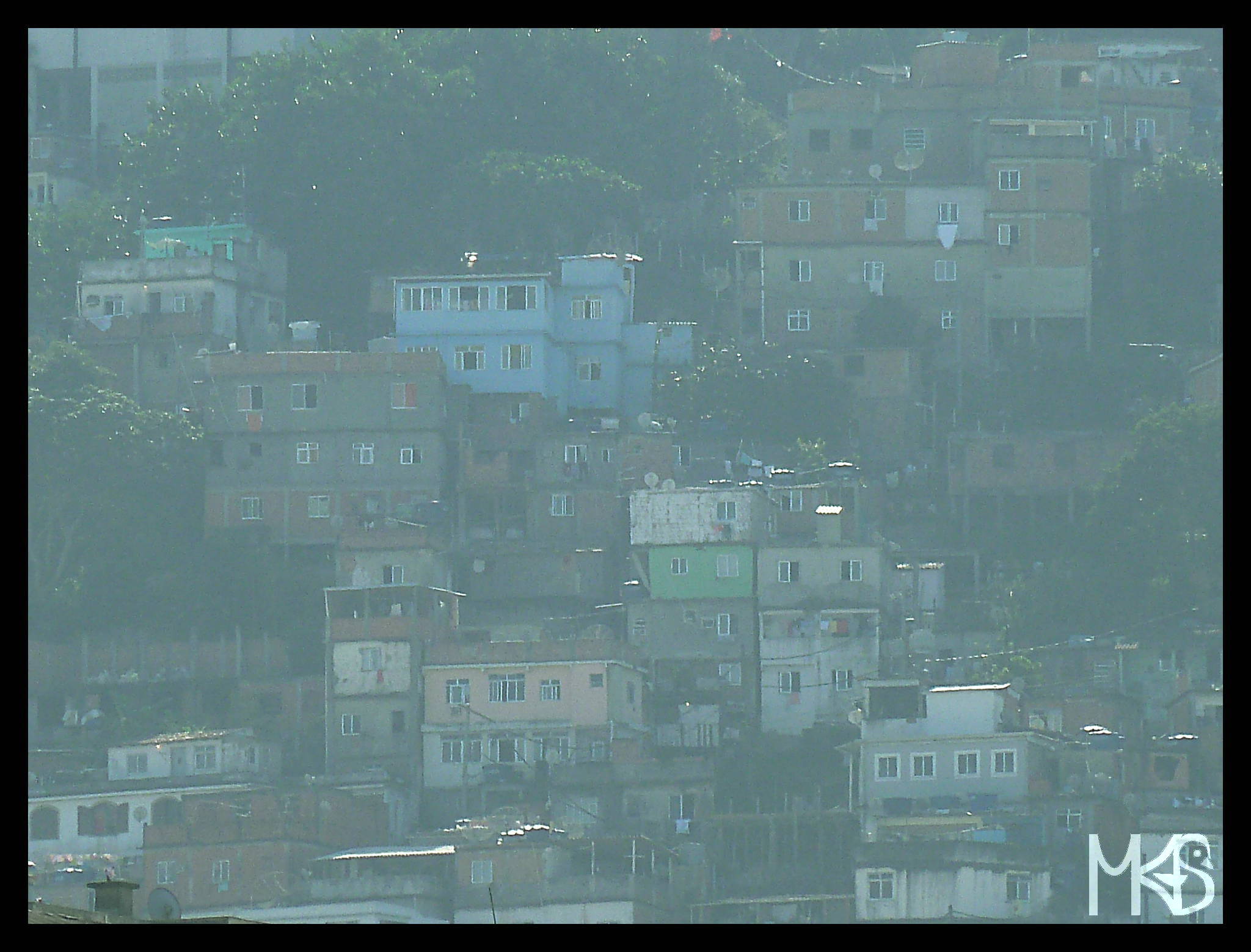
Favela is kind of Brazilian slum; suburb of the big city, where poor citizens live.
The term may be not completely right, because there are poorer and reacher favelas; relatively safe of extremely dangerous, etc.
Anyway, a good advice – don’t go to favelas on your own, and probably taking a tour to favela is also controversial, at the end, favela is not a zoo!
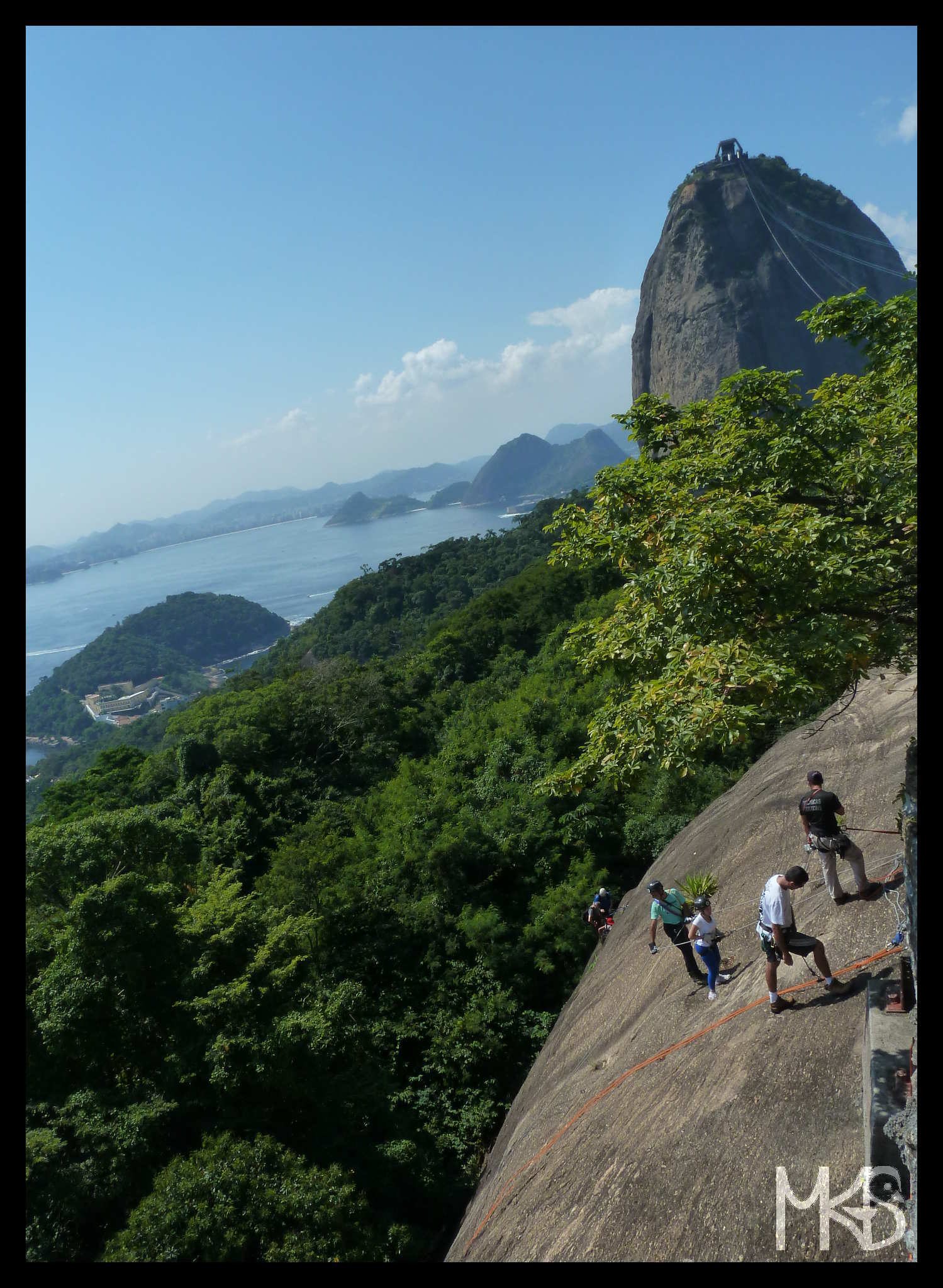
Almost everywhere, you cannot feel 100% safe, because people are only people and something may always happen. Still, some places are considered to be more dangerous than the others.
While visiting big cities in Brazil you should stay very careful, e.g., even Brazilians warn foreigners about Rio de Janeiro. I don’t have any bad experience, but I know people who weren’t so lucky.